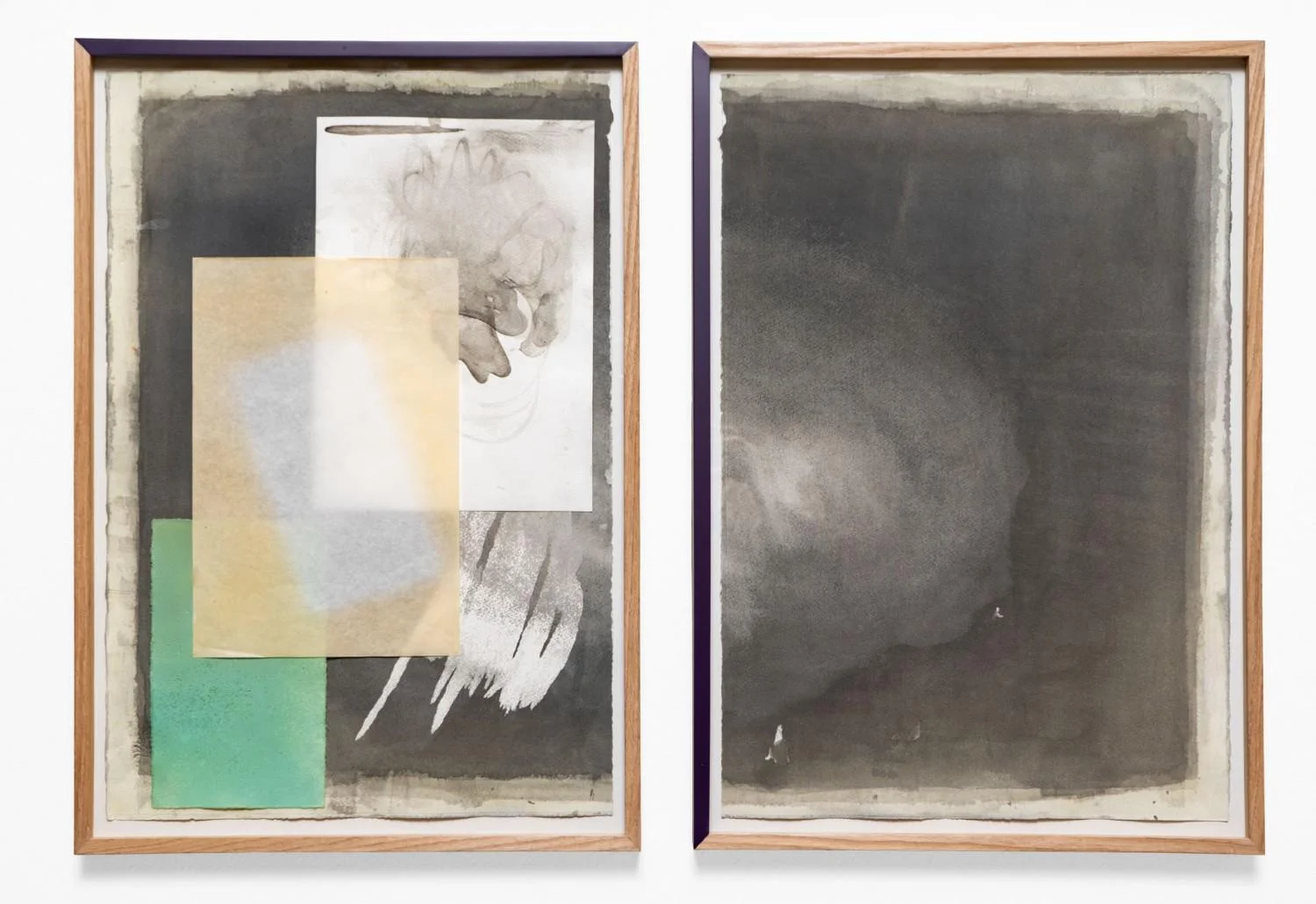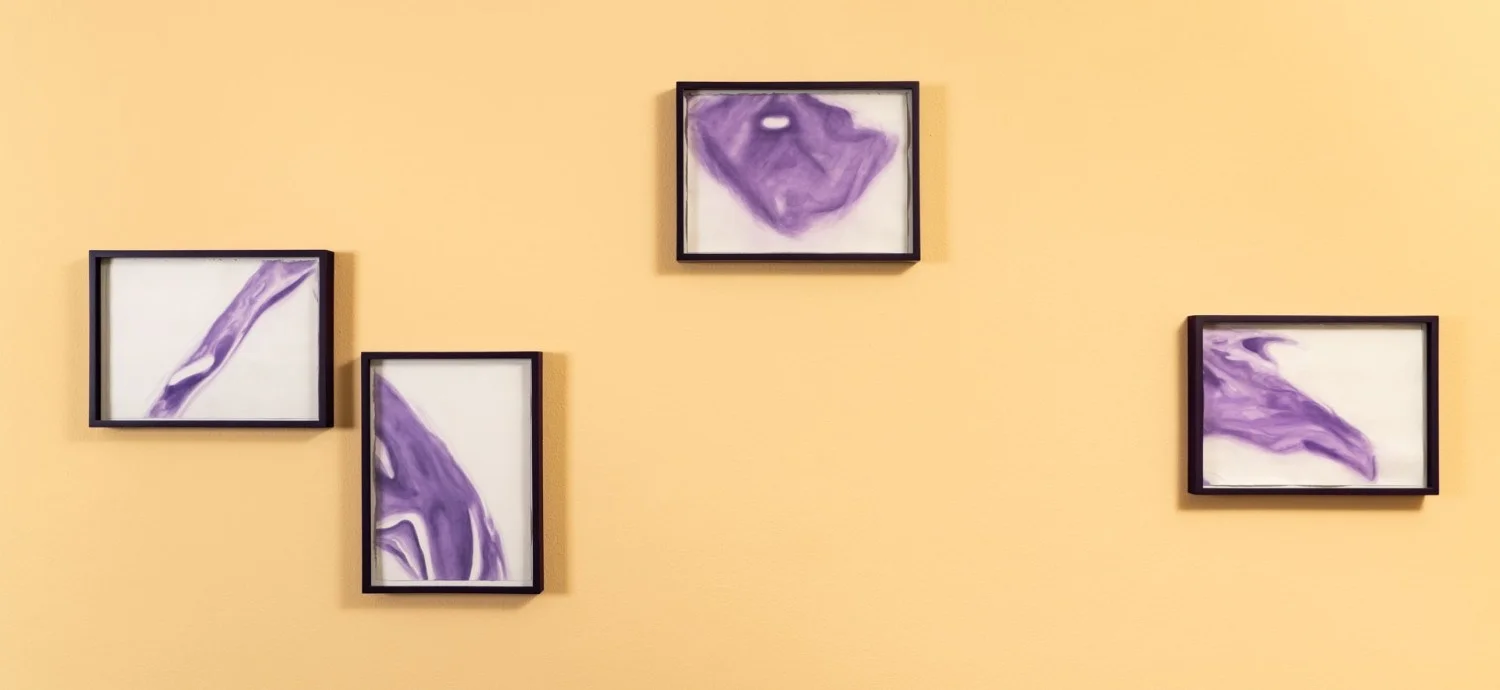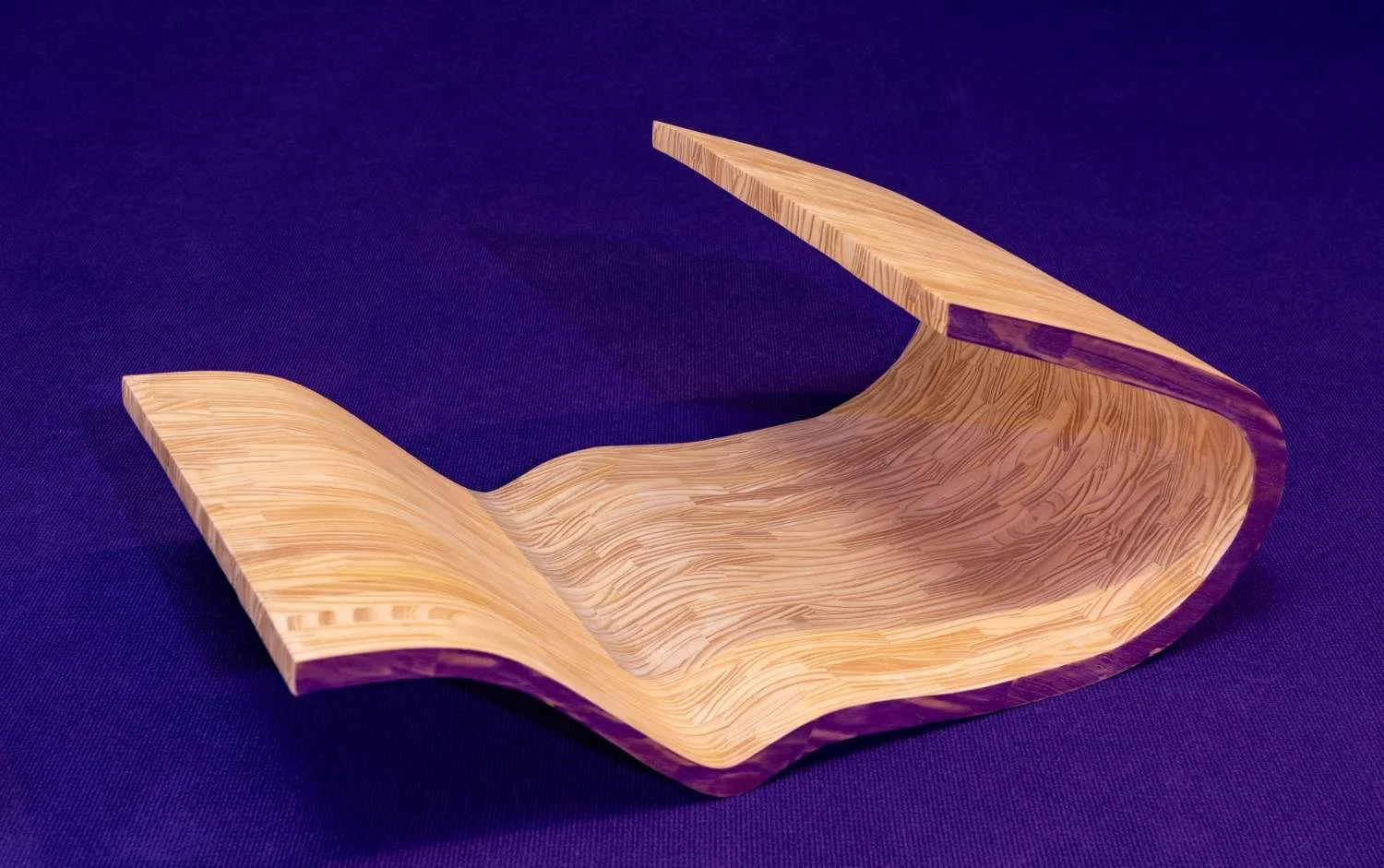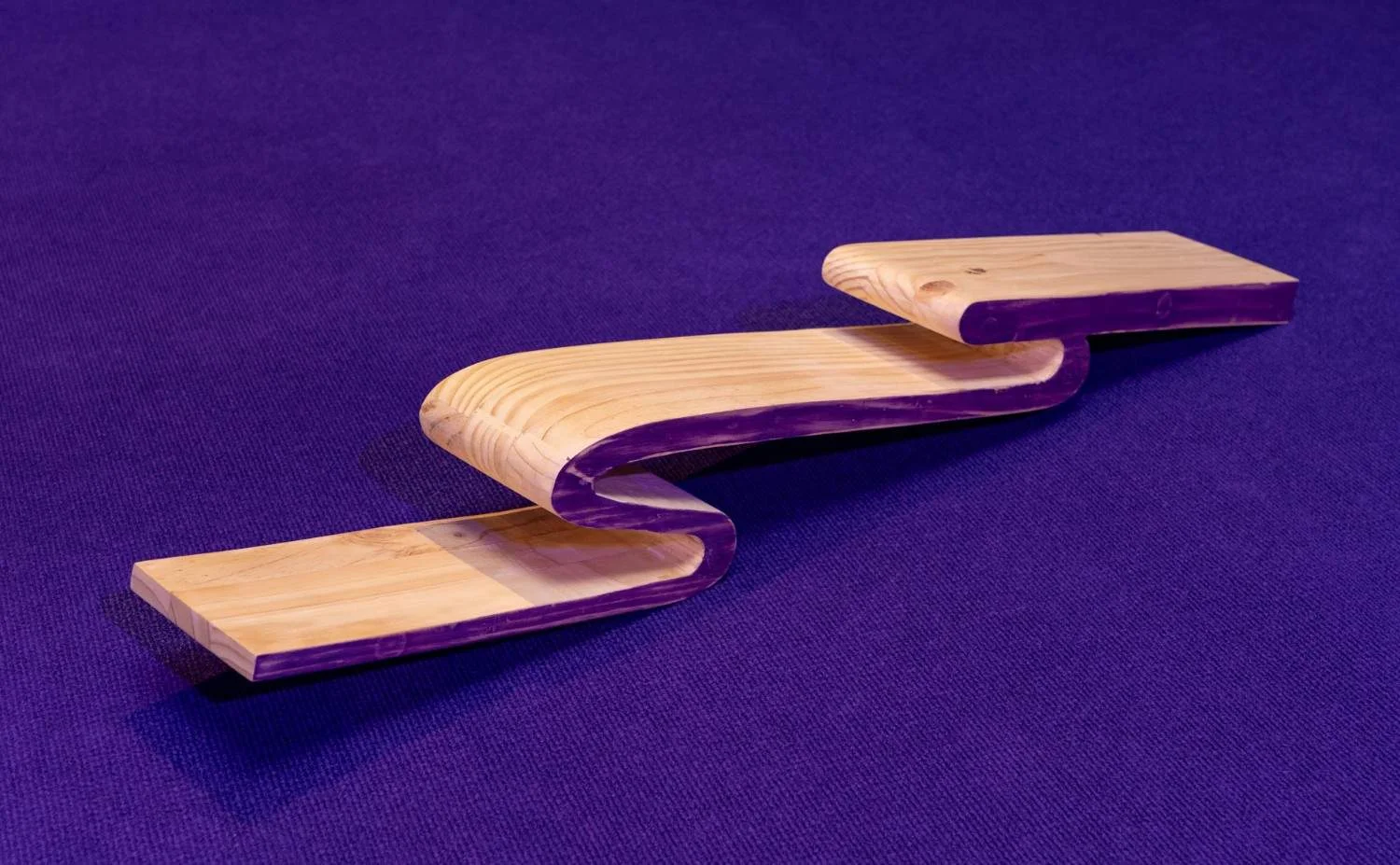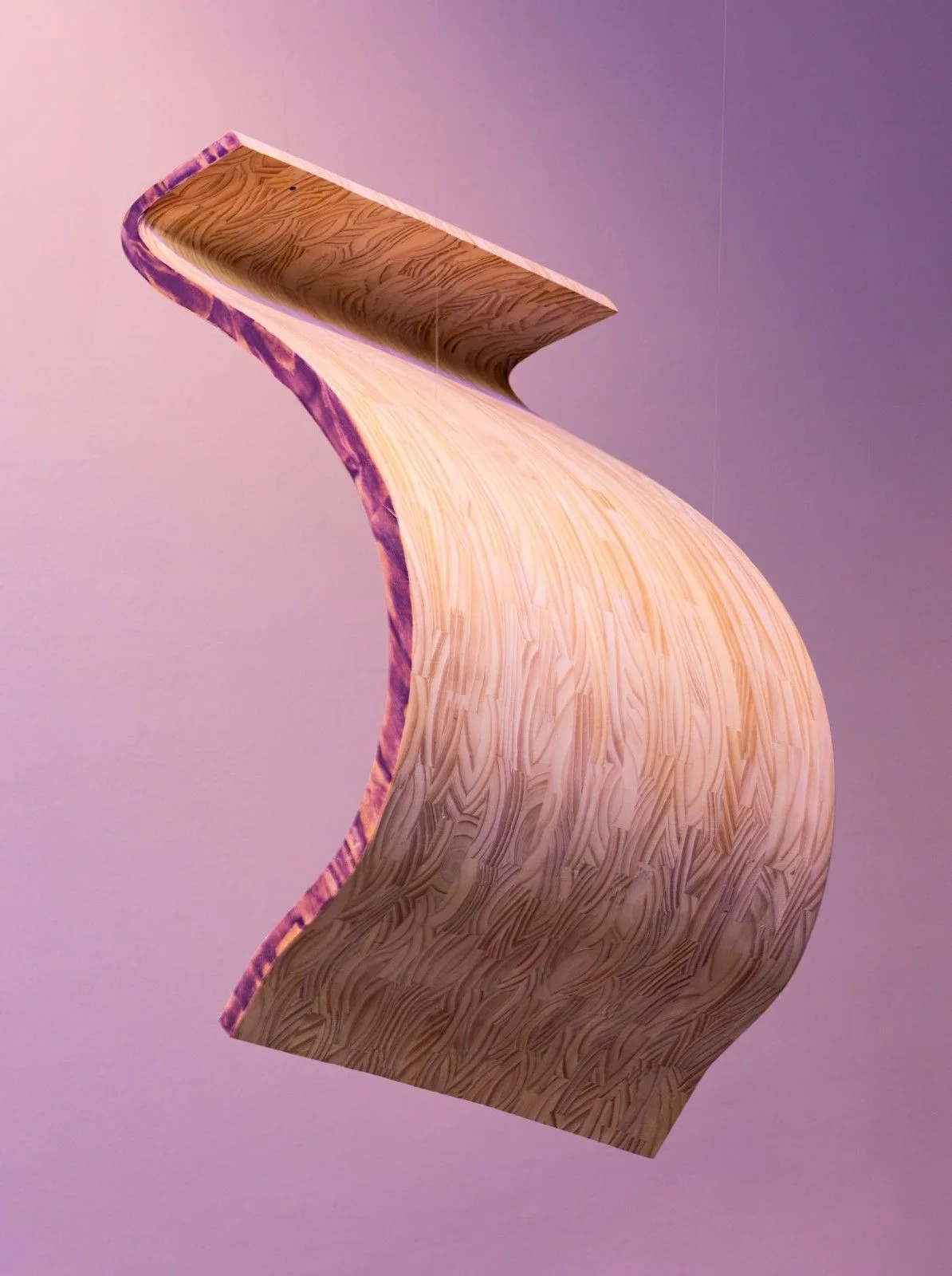Santiago Díaz Escamilla: Nunca fue solo aquí (era, ya en otra parte)
Santiago Díaz Escamilla’s practice has moved between drawing, installation, and moving image as a way of attending to forces and processes that rarely allow themselves to be contained within a single gesture or language. His work is built around the question of what shifts and persists beyond any single framework of understanding, exploring how minimal rhythms and subtle transformations shape relationships between bodies, places, and times. Over the years, this attention has led him to understand artistic practice as a way of accompanying processes and remaining close to their edges rather than fixing or delimiting them.
For his first solo exhibition at Casas Riegner, Nunca fue solo aquí (era, ya en otra parte), Díaz Escamilla returns to these concerns through an intimate event: the death of the small orange tree that inhabited the patio of his childhood home for decades. The tree stopped growing while the artist was living abroad. Yet this absence did not produce a rupture but a different kind of continuity, a relationship that reconfigures and shifts, as if the experience of the tree found new ways of manifesting itself in other places, bodies, and materials.
What could be understood as a loss is thus transformed into an exploration of resonances that persist in movement. As one tree ceases in Bogotá, in Oslo a leaf drifts across water and the shadows of other trees cast momentary patterns on the ground. These correspondences do not seek to reveal something hidden, but to point out how certain processes continue acting simultaneously from one point to another without needing a fixed origin. In this movement, the project unfolds through translations: from drawing to digital modeling, from volume to sculpture, from gesture to watercolor and back to the line. No form replaces the previous one; each is reinscribed and transformed, like variations of the same breath.
The three spaces that make up the exhibition propose a suspended journey, a terrain where experience condenses as in a dream. What happens in those intervals where we are no longer who we were, yet have not fully arrived in another state? Where do words, gestures, or memories rest as they travel between different times and dimensions? This threshold is central to the installation. Carpet fragments invite visitors to pause or recline; paintings and sculptures unfold pathways with no fixed center; soft light and the scent of orange create an atmosphere in which the senses intertwine without hierarchy.
In this exhibition, Díaz Escamilla works within a territory without defined borders, where distinctions between figure and shadow, origin and drift, memory and present become porous. Rather than separating, the exhibition seeks to accompany what spills beyond any stable frame of understanding. Time is felt as dense and layered, folding over itself without specifying where something begins or ends. Sleeping, like dying, can be understood here as a state of transition: an existence that continues elsewhere without ceasing to be here.
Nunca fue solo aquí (era, ya en otra parte) condenses a practice rooted in those interstices where what acts cannot always be clearly named, yet continues operating and transforming. Díaz Escamilla embraces slowness and sustained attention, that place where the everyday shifts just enough to become something different. His work invites us to remain with the question and to recognize that the processes that move through us are never limited to a single point or a single time. They continue resonating, simultaneously, across multiple latitudes.

